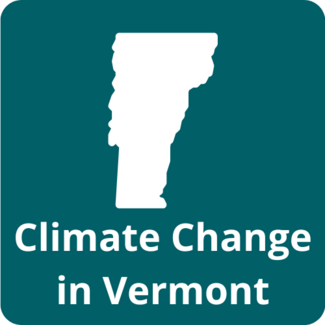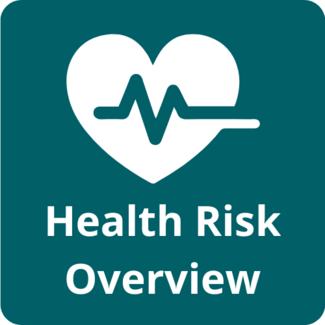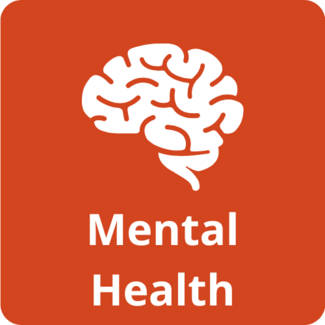Resources for Community Partners
Regional, municipal, and community partners play a critical role with reducing climate-related health risks for the populations they serve. Below you will find tools and guidance for identifying potential health impacts of climate change in your community, along with strategies and resources for addressing those impacts.













